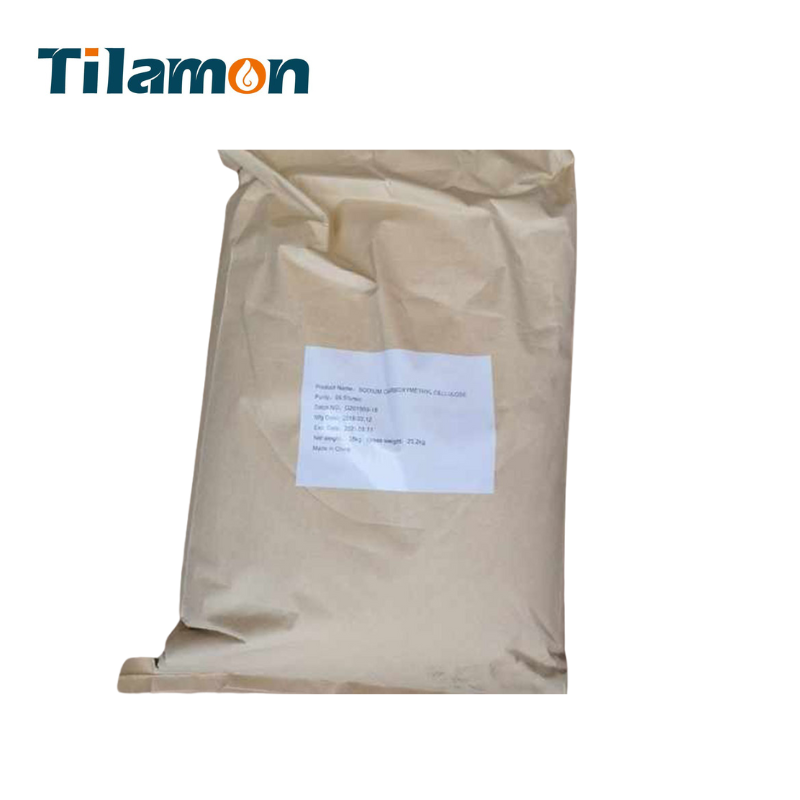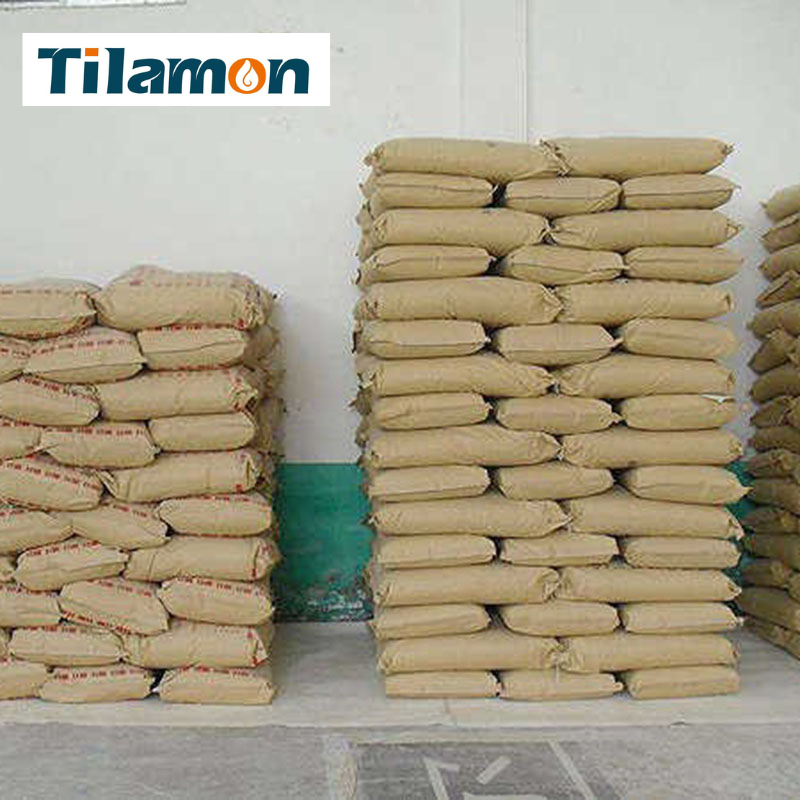Brief Introduction:
Polyvinyl Alcohol (PVA) is a water-soluble synthetic polymer derived from the hydrolysis or alcoholysis of polyvinyl acetate (PVAc). Its structure consists of a carbon backbone with hydroxyl (–OH) groups, providing excellent film-forming, adhesive, and hydrophilic properties. Key characteristics include solubility in hot water, strong adhesion, and flexibility. It is widely used in adhesives, textiles (sizing agent), packaging films, construction materials, etc. PVA’s versatility and eco-friendliness make it essential in industrial and consumer applications.
Tilamon™ PVA is committed to becoming the most sought-after PVA grade in the market by optimizing production processes and enhancing efficiency—all while ensuring consistent quality and competitive pricing. Through continuous improvement and innovation, Tilamon strives to deliver high–cost-performance PVA products that meet diverse industry needs.
Specifications:
| Grade | Viscosity (mpa.s) | Alcoholysis Degree %(mol) | Volatile (%) | Purity (%) | Ash (%) |
|---|---|---|---|---|---|
| PVA-2688 | 65-75 | 86.0-90.0 | ≤7 | ≥94 | ≤0.5 |
| PVA-2699 | 60-75 | 98.0-100 | ≤5 | ≥94 | ≤0.7 |
| PVA-2499 | 48-60 | 98.0-100 | ≤5 | ≥94 | ≤0.7 |
| PVA-2488 | 40-55 | 86.0-90.0 | ≤5 | ≥94 | ≤0.7 |
| PVA-2099 | 32-40 | 98.0-100 | ≤5 | ≥94 | ≤0.7 |
| PVA-2088 | 28-40 | 86.0-90.0 | ≤5 | ≥94 | ≤0.7 |
| PVA-1799 | 28-40 | 98.0-100 | ≤5 | ≥94 | ≤0.7 |
| PVA-1788 | 20-26 | 86.0-90.0 | ≤5 | ≥94 | ≤0.7 |
| PVA-0599 | 5-6 | 98.0-100 | ≤5 | ≥94 | ≤0.7 |
| PVA-0588 | 5-6 | 86.0-90.0 | ≤5 | ≥94 | ≤0.7 |
Features:
- Water Solubility – Dissolves in hot water (or cold water for low-degree hydrolysis grades).
- Excellent Film-Forming Ability – Produces strong, flexible, and transparent films.
- High Adhesion – Bonds well to porous materials like paper, wood, and textiles.
- Compatibility – Blends well with starch, gums, and other polymers for enhanced performance.
- Versatile Applications – Used in adhesives, textiles, packaging, medical, construction, and 3D printing.
Storage:
Polyvinyl alcohol (PVA) should be stored in a cool, dry, and well-ventilated environment with temperatures preferably below 30°C (86°F) and relative humidity maintained under 65% to prevent moisture absorption and caking. The material must be kept in its original, tightly sealed packaging or transferred to airtight, moisture-proof containers to protect it from atmospheric humidity.
Package:
25 Kg paper and plastic composite bag.


